FD scale Aircrafts 13
Moderator: Community Manager
-
Gollevainen
- Posts: 4715
- Joined: July 27th, 2010, 5:10 am
- Location: Finland
- Contact:
Re: FD scale Aircrafts 13
Yeah, incredible amount of variants. Great stuff.
Re: FD scale Aircrafts 13
Great work, funnily enough I was reading an article about the U-2/Po-2 just yesterday!
Hood's Worklist
English Electric Canberra FD
Interwar RN Capital Ships
Super-Darings
Never-Were British Aircraft
English Electric Canberra FD
Interwar RN Capital Ships
Super-Darings
Never-Were British Aircraft
Re: FD scale Aircrafts 13
Thanks for all comments! 

Now ith's "Peshka" - Petlyakov Pe-2 bomber and Pe-3 heavy fighter, as well as their derivatives (Pe-2R recce version, UPe-2 trainer and numerous experimental and prototype versions).
Petlyakov Pe-2/Pe-3 (Soviet Union, Bulgaria, Chiny, Czechoslovakia, Finland, Germany, Hungary, Poland, Yugoslavia)
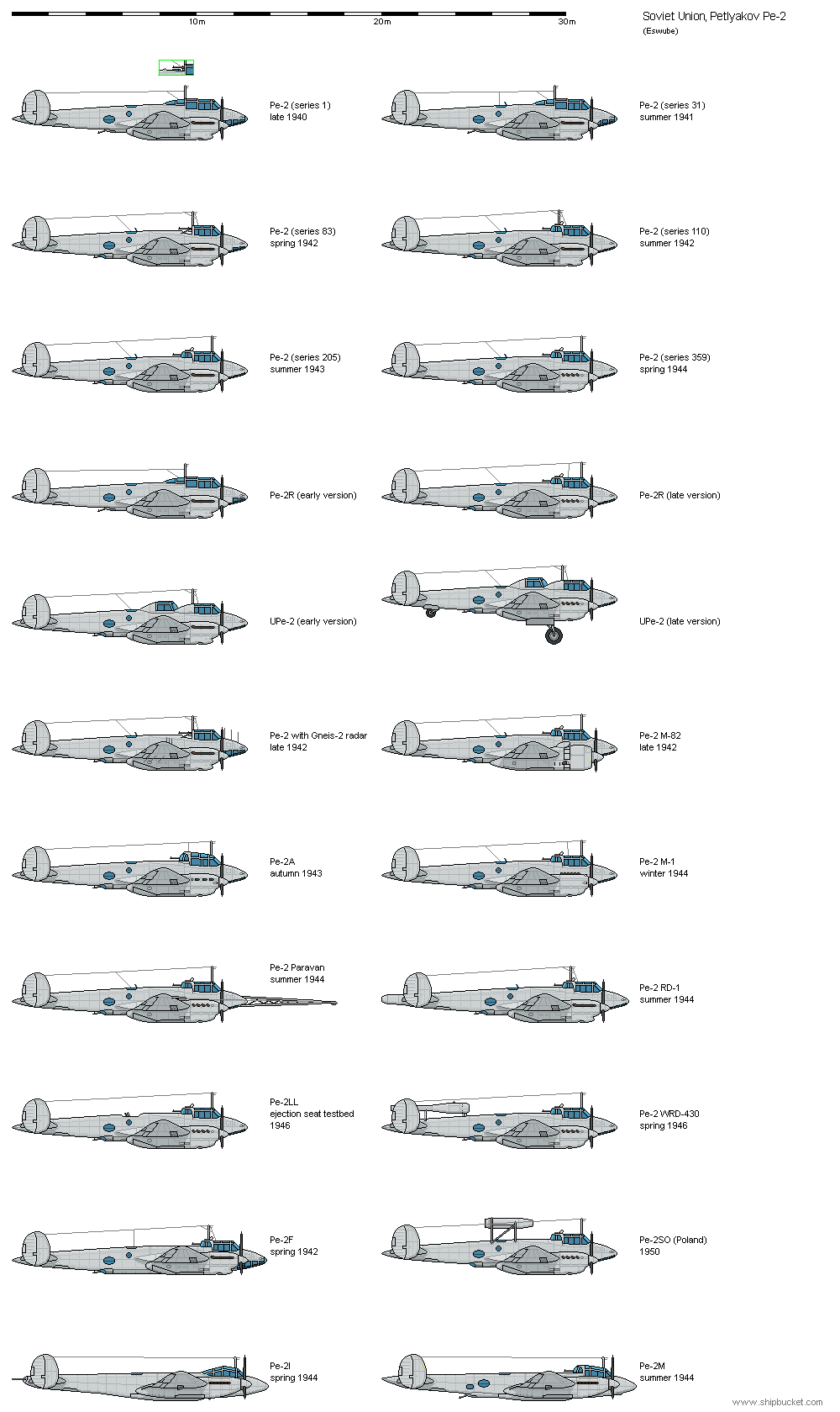

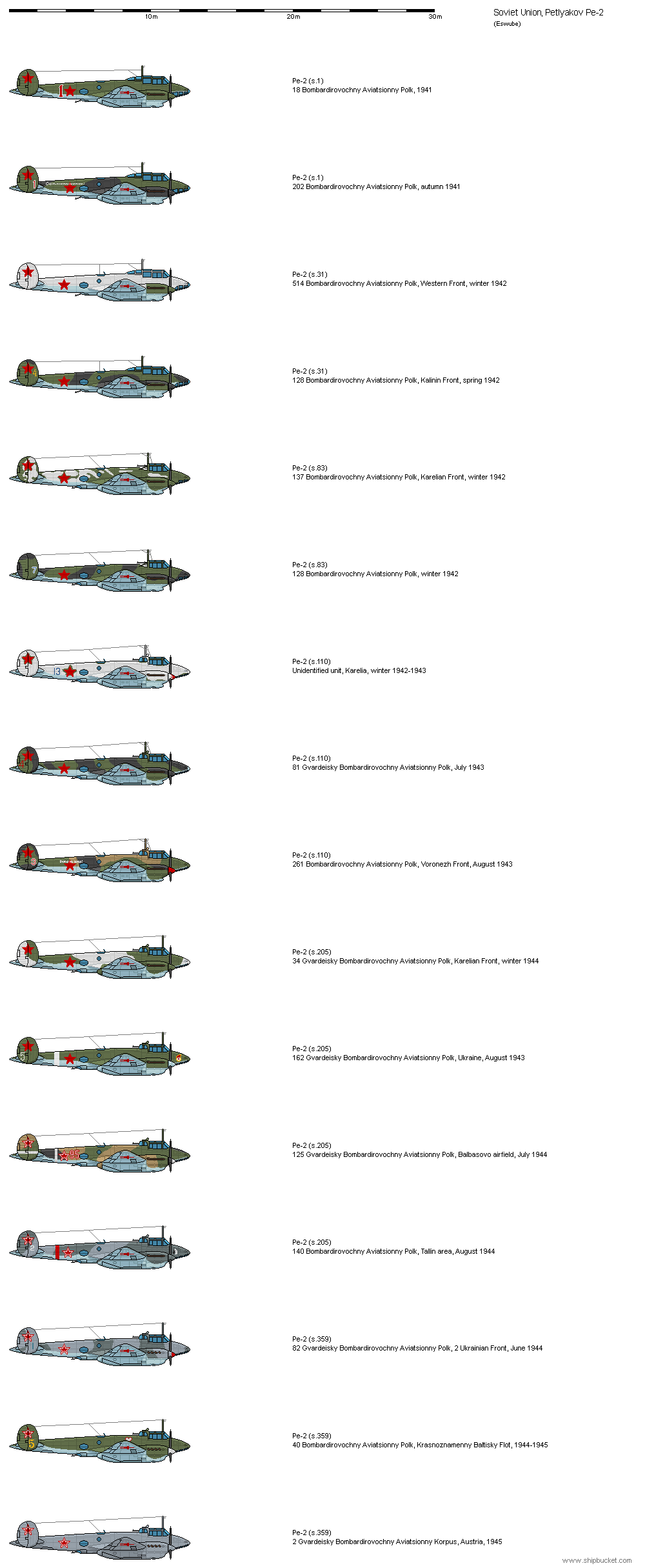
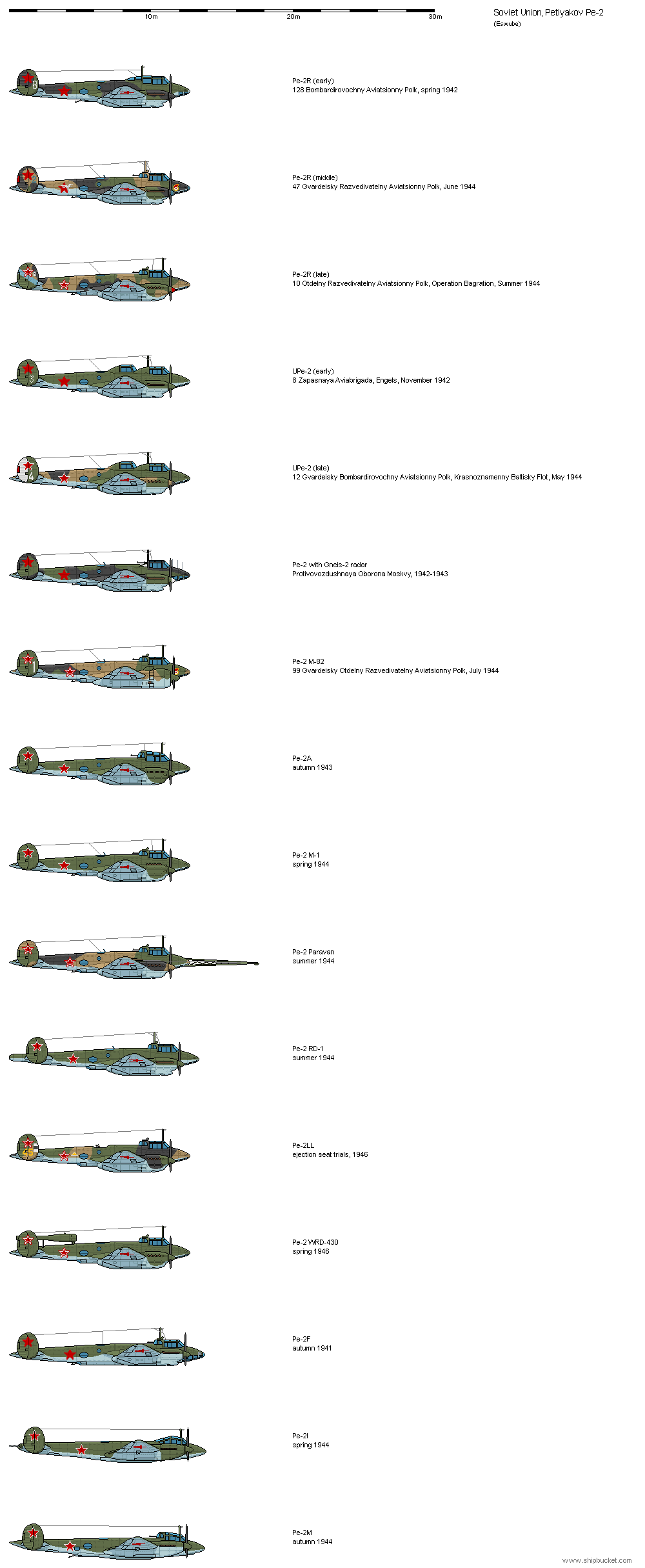
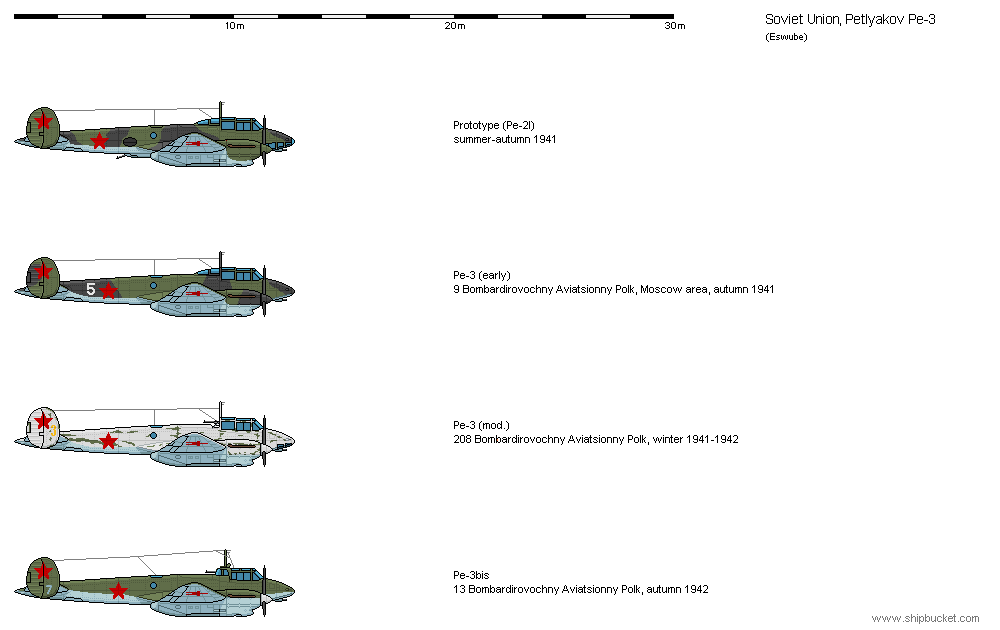
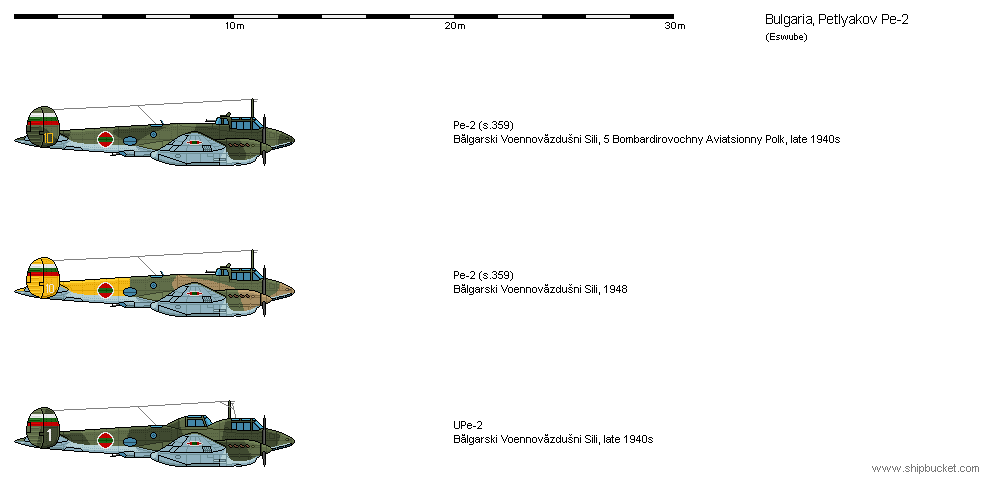
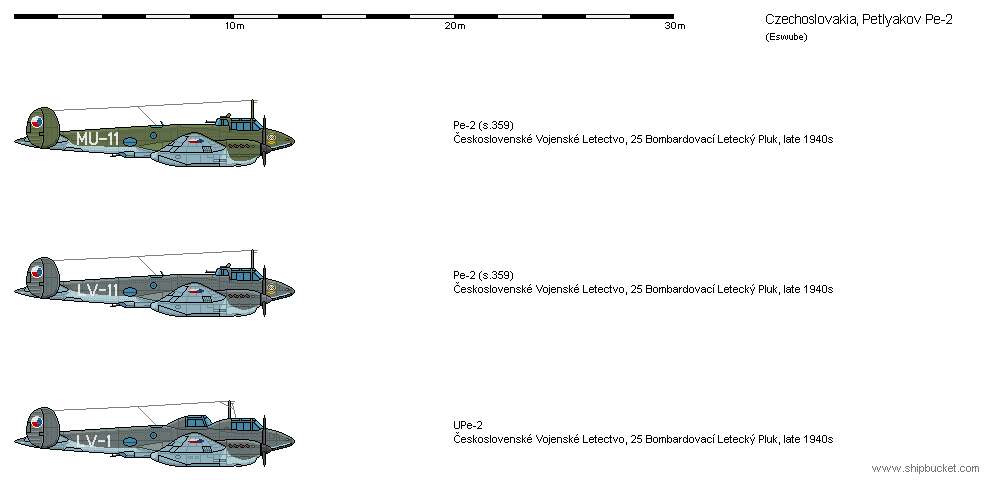

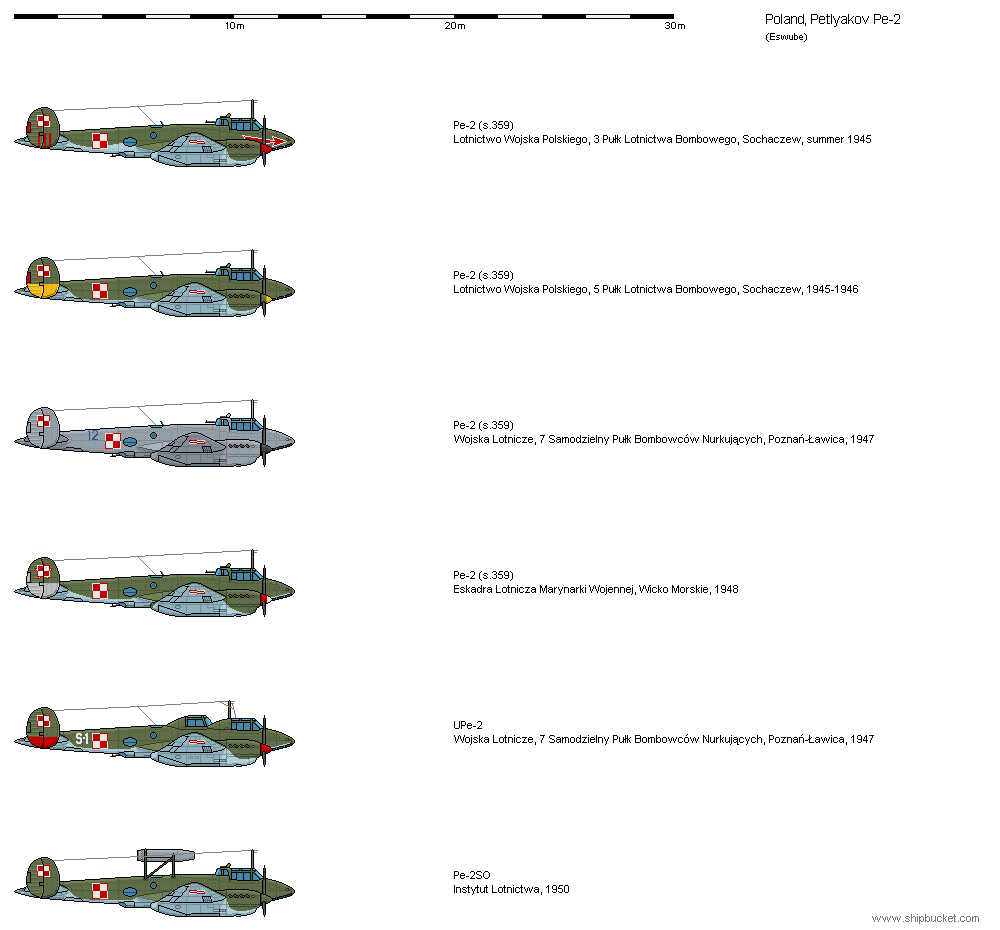
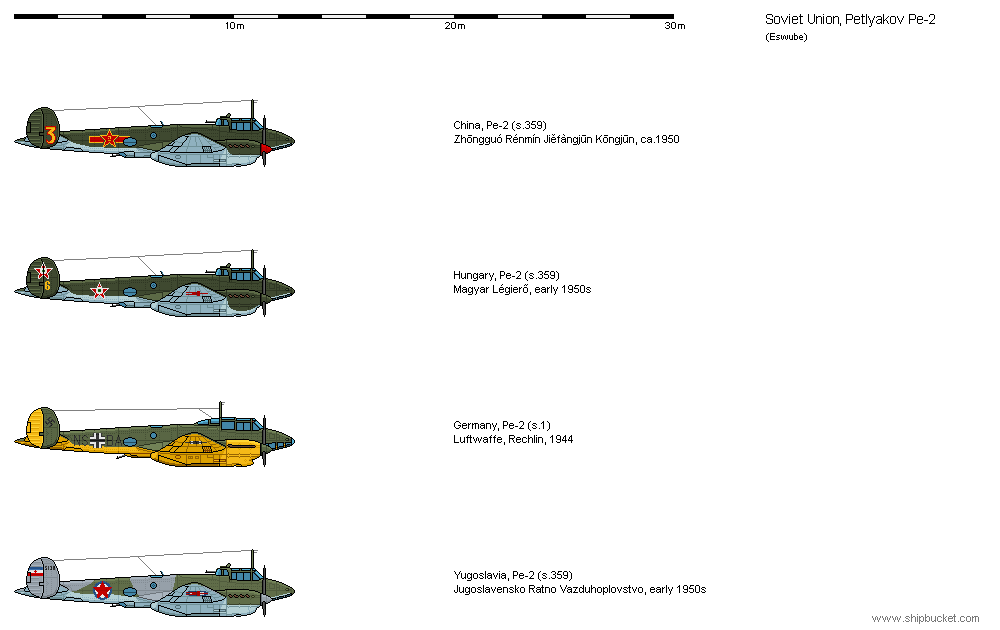
Now ith's "Peshka" - Petlyakov Pe-2 bomber and Pe-3 heavy fighter, as well as their derivatives (Pe-2R recce version, UPe-2 trainer and numerous experimental and prototype versions).
Petlyakov Pe-2/Pe-3 (Soviet Union, Bulgaria, Chiny, Czechoslovakia, Finland, Germany, Hungary, Poland, Yugoslavia)










Re: FD scale Aircrafts 13
Well done matey
https://discord.gg/5PHq8Dk
My artwork is posted here: https://www.deviantart.com/adenandy/gallery/all
My artwork is posted here: https://www.deviantart.com/adenandy/gallery/all
Re: FD scale Aircrafts 13
Lovely work Eswube.
I have always liked the Pe-2 series, big solid aircraft.
I have always liked the Pe-2 series, big solid aircraft.
- odysseus1980
- Posts: 3609
- Joined: November 8th, 2010, 8:53 am
- Location: Athens,Hellenic Kingdom
- Contact:
Re: FD scale Aircrafts 13
I was aware about the Pe-2, but did not knew about its variants. And a question: That Pe-2SO seem to be a test platform for a jet engine. Which engine was that?
Re: FD scale Aircrafts 13
Oh yes, you have no idea of how long i've been waiting for the Pe-2!! Excellent job BTW.
Re: FD scale Aircrafts 13
Again Eswube, another great series. It's not just the colour schemes but the level of detailing you give us that I like. Every variant never escapes you.
These drawings prove, that even in the land where mass production was king, that improvements and changes were nearly constant to keep an edge and balancing ease of production with good performance.
These drawings prove, that even in the land where mass production was king, that improvements and changes were nearly constant to keep an edge and balancing ease of production with good performance.
Hood's Worklist
English Electric Canberra FD
Interwar RN Capital Ships
Super-Darings
Never-Were British Aircraft
English Electric Canberra FD
Interwar RN Capital Ships
Super-Darings
Never-Were British Aircraft
Re: FD scale Aircrafts 13
USA, Bennett BTC-1

From Wikepedia:
The Bennett Aircraft Corporation Bi-motored Transport Commercial Number One (BTC-1) Executive was a 1930s American eight-seat light transport aircraft built by the Bennett Aircraft Corporation. In the ten year span of its known life, the Bennett BTC-1 was identified in print by four different names: the Bennett, the Breese Bennett, the Bowlus Bennett and the Globe BTC-1.
The BTC-1 followed the basic design criteria of the 1930s for light transport aircraft. The American design philosophy of the time evolved around twin-engine, six to eight passenger, monocoque monoplanes.
Airframe construction of the time was typically all-metal duraluminum with flight control surfaces covered with fabric. Favored engines were Jacobs, Wright and Pratt-Whitney in the 230 to 450 Horsepower range, per side. The one constant in the aviation industry at the time was escalating cost, which has continued to today.
The Bennett was built using two low cost methods, horsepower versus weight and materials advancement. The principal structural material was Duraloid, a plywood impregnated with resin and processed under a patented process. If the design criteria proved successful the BTC-1 could fly at competitive speeds with less power and at lower manufacturing costs.
The internal fuselage structure of the BTC-1 was of built-up frames with alignment and load transfer through routed stringers. The Duraloid outer skin was bonded to this internal structure.
It is not possible to determine the number and disposition of parting lines of the fuselage skin. Entire sides from upper to lower center lines would have been molded as one piece. The average thickness of the skin would have been one quarter inch with additional laminations providing attaching points for the internal structure. Given the overall use of Duraloid throughout the airframe components it is reasonable to believe the bonding was accomplished using the Bakelite based resin.
When the two fuselage halves were mated and fully skinned, they were covered with a lightweight fabric covering material. In 1936 it would have been either cotton or linen doped over the Duraloid skin. Clear nitrate was used to bond and fill the fabric covering. The filling of the fabric weave would have been accomplished by mixing extra fine sawdust with the clear dope sanded smooth to the desired finish. This same process was followed throughout the aircraft. Many comments were made on the outstanding finish of the product.
The interior layout of the fuselage suffered from the same obstruction as some of the earlier Lockheeds. The main spar and its related hump virtually separated the cockpit from the main cabin. This required two different entry doors, both requiring over-wing access.

From Wikepedia:
The Bennett Aircraft Corporation Bi-motored Transport Commercial Number One (BTC-1) Executive was a 1930s American eight-seat light transport aircraft built by the Bennett Aircraft Corporation. In the ten year span of its known life, the Bennett BTC-1 was identified in print by four different names: the Bennett, the Breese Bennett, the Bowlus Bennett and the Globe BTC-1.
The BTC-1 followed the basic design criteria of the 1930s for light transport aircraft. The American design philosophy of the time evolved around twin-engine, six to eight passenger, monocoque monoplanes.
Airframe construction of the time was typically all-metal duraluminum with flight control surfaces covered with fabric. Favored engines were Jacobs, Wright and Pratt-Whitney in the 230 to 450 Horsepower range, per side. The one constant in the aviation industry at the time was escalating cost, which has continued to today.
The Bennett was built using two low cost methods, horsepower versus weight and materials advancement. The principal structural material was Duraloid, a plywood impregnated with resin and processed under a patented process. If the design criteria proved successful the BTC-1 could fly at competitive speeds with less power and at lower manufacturing costs.
The internal fuselage structure of the BTC-1 was of built-up frames with alignment and load transfer through routed stringers. The Duraloid outer skin was bonded to this internal structure.
It is not possible to determine the number and disposition of parting lines of the fuselage skin. Entire sides from upper to lower center lines would have been molded as one piece. The average thickness of the skin would have been one quarter inch with additional laminations providing attaching points for the internal structure. Given the overall use of Duraloid throughout the airframe components it is reasonable to believe the bonding was accomplished using the Bakelite based resin.
When the two fuselage halves were mated and fully skinned, they were covered with a lightweight fabric covering material. In 1936 it would have been either cotton or linen doped over the Duraloid skin. Clear nitrate was used to bond and fill the fabric covering. The filling of the fabric weave would have been accomplished by mixing extra fine sawdust with the clear dope sanded smooth to the desired finish. This same process was followed throughout the aircraft. Many comments were made on the outstanding finish of the product.
The interior layout of the fuselage suffered from the same obstruction as some of the earlier Lockheeds. The main spar and its related hump virtually separated the cockpit from the main cabin. This required two different entry doors, both requiring over-wing access.
Redhorse
Current Projects:
Republic of Texas Navy
FD Scale F-14s
Current Projects:
Republic of Texas Navy
FD Scale F-14s